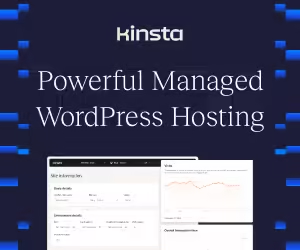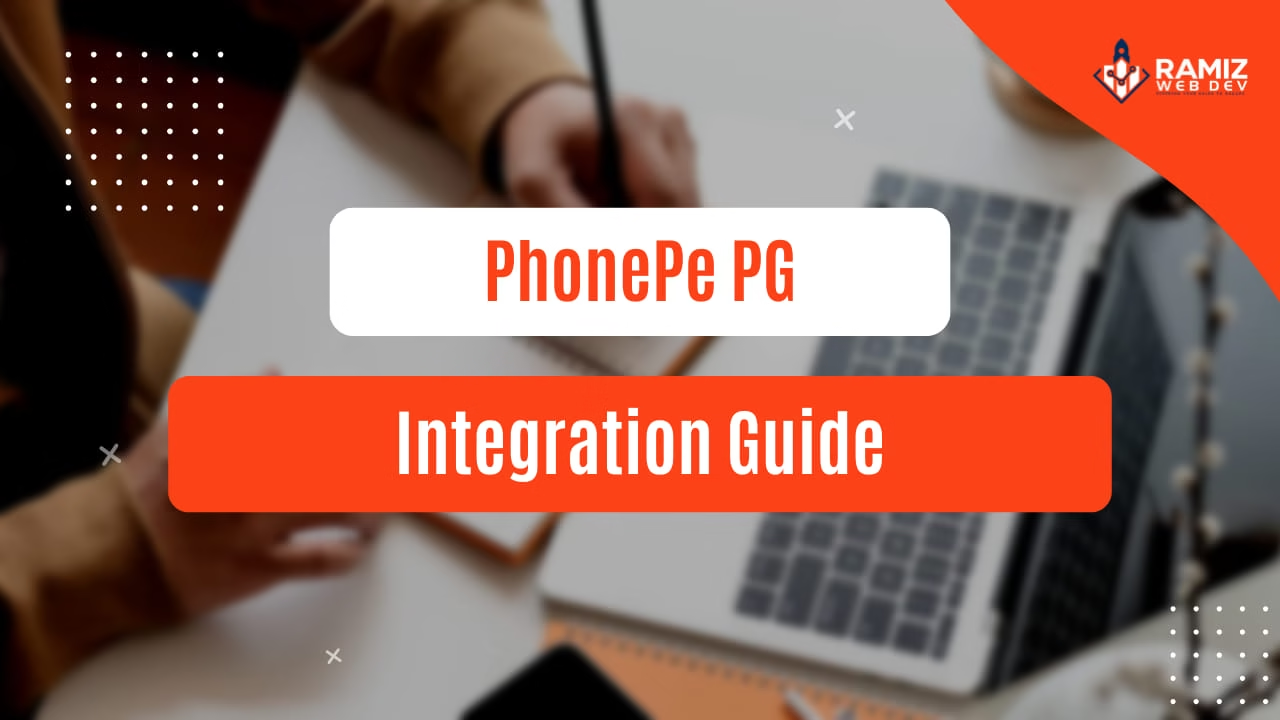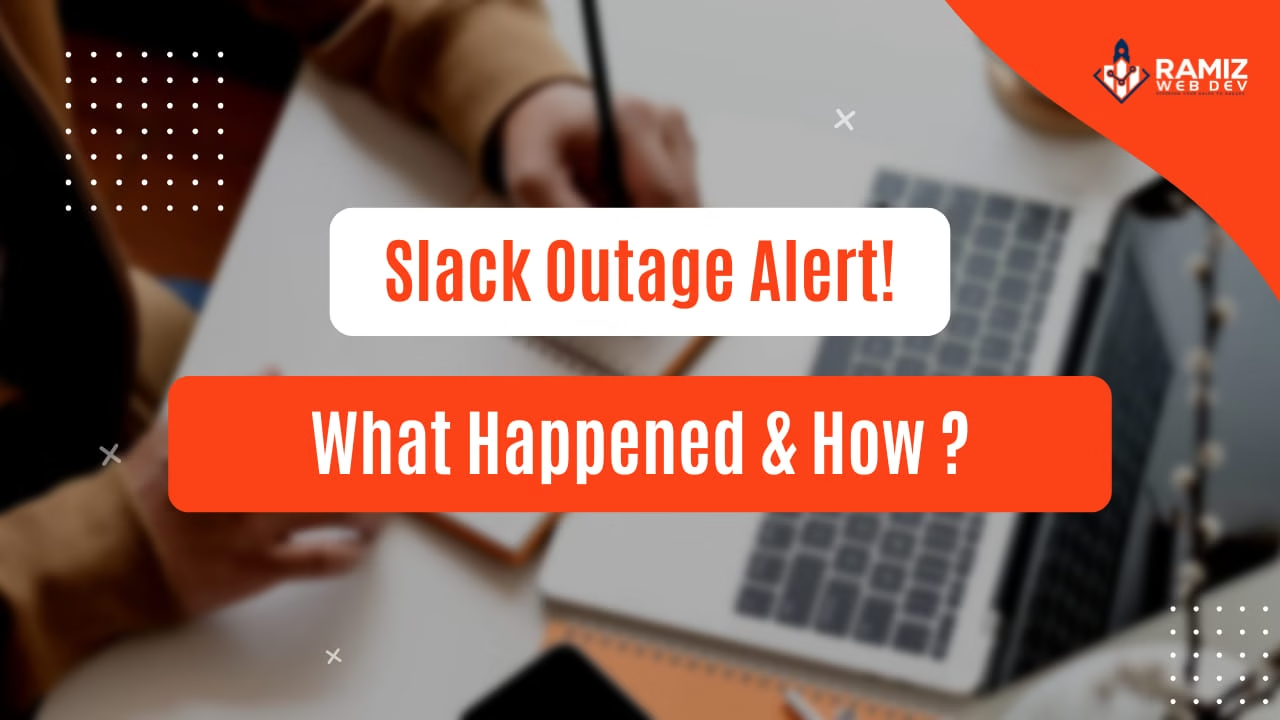Master Elementor Block Development to Create Stunning Websites and Unleash Your Creativity
Introduction: Elementor has revolutionized web design with its intuitive interface and powerful features. In this article, we will explore the process of building custom blocks in Elementor, empowering you to create unique and tailored website layouts. Follow along as we break down the steps and provide code examples to guide you through the process.
- Setting Up the Development Environment:Before diving into Elementor block development, make sure you have a local development environment with Elementor and the Elementor Pro plugin installed. Familiarize yourself with the Elementor API and basic block structure.
- Creating the Block Plugin:Start by creating a new directory in your plugins folder. Inside the directory, create the main plugin file, let’s call it
my-elementor-block.php. In this file, set up the basic plugin header and register the block using theplugins_loadedaction. - Defining the Block Structure:Create a new file called
block.phpto define the block structure. Inside this file, register the block using theElementor\Widget_Baseclass. Define the block’s name, title, icon, and category. Implement therender()method to output the block’s content. - Adding Controls and Options:To enhance the block’s functionality, add controls and options to customize its appearance. Use the
controls_managerproperty within the block class to define various control types such as text fields, color pickers, image selectors, etc. These controls will allow users to customize the block’s settings. - Rendering the Block Content:Implement the
render()method to dynamically render the block’s content using the options set by the user. Utilize Elementor’srender_element()function to generate HTML output based on the block’s structure and control values. Leverage PHP logic and Elementor’s templating system to create dynamic and responsive layouts. - Styling the Block:Apply CSS styles to your block to ensure it blends seamlessly with the overall design. You can enqueue your custom styles using the
wp_enqueue_scriptsaction or utilize Elementor’s built-in styling options. Utilize the unique class and ID selectors generated by Elementor to target specific elements within the block. - Testing and Debugging:Once your block is ready, test it thoroughly to ensure it functions as expected. Debug any issues that arise using Elementor’s developer tools, browser console, or WordPress debugging plugins. Pay attention to responsiveness, cross-browser compatibility, and user interactions.
- Packaging and Deployment:When you’re satisfied with your custom Elementor block, consider packaging it as a standalone plugin or integrating it into an existing theme or plugin. Ensure you follow WordPress development best practices and adhere to plugin packaging guidelines.
Certainly! Here’s an example of creating a custom Elementor block with code:
- Create a new PHP file called
my-elementor-block.phpand place it in your Elementor custom blocks plugin or theme folder. - Add the following code to
my-elementor-block.php:<?php use Elementor\Widget_Base; class My_Elementor_Block extends Widget_Base { public function get_name() { return 'my-elementor-block'; } public function get_title() { return 'My Elementor Block'; } public function get_icon() { return 'eicon-type-tool'; } public function get_categories() { return [ 'general' ]; } protected function _register_controls() { $this->start_controls_section( 'content_section', [ 'label' => __( 'Content', 'elementor' ), 'tab' => \Elementor\Controls_Manager::TAB_CONTENT, ] ); $this->add_control( 'text_content', [ 'label' => __( 'Text Content', 'elementor' ), 'type' => \Elementor\Controls_Manager::TEXT, 'default' => __( 'Enter your text here', 'elementor' ), ] ); $this->end_controls_section(); } protected function render() { $settings = $this->get_settings_for_display(); echo '<div class="my-elementor-block">'; echo '<p>' . $settings['text_content'] . '</p>'; echo '</div>'; } protected function _content_template() { ?> <div class="my-elementor-block"> <p>{{{ settings.text_content }}}</p> </div> <?php } } \Elementor\Plugin::instance()->widgets_manager->register_widget_type( new My_Elementor_Block() ); - Save the file and make sure the Elementor plugin is active in your WordPress installation.
- Now, when you open Elementor, you should see a new block called “My Elementor Block” in the General category. You can drag and drop this block into your page, customize the text content, and see the changes on the front-end.
Remember to have Elementor installed and activated on your WordPress site before using this custom Elementor block.
Certainly! Here’s an example of creating a custom Elementor block with Advanced Custom Fields (ACF) integration:
- Install and activate the following plugins on your WordPress site: Elementor, Advanced Custom Fields, and Elementor Pro (optional).
- Create a new field group in ACF with a text field called “text_content”. Assign this field group to the desired post type or page.
- Create a new PHP file called
my-acf-elementor-block.phpand place it in your Elementor custom blocks plugin or theme folder. - Add the following code to
my-acf-elementor-block.php:<?php use Elementor\Widget_Base; class My_ACF_Elementor_Block extends Widget_Base { public function get_name() { return 'my-acf-elementor-block'; } public function get_title() { return 'My ACF Elementor Block'; } public function get_icon() { return 'eicon-type-tool'; } public function get_categories() { return [ 'general' ]; } protected function _register_controls() { $this->start_controls_section( 'content_section', [ 'label' => __( 'Content', 'elementor' ), 'tab' => \Elementor\Controls_Manager::TAB_CONTENT, ] ); $this->end_controls_section(); } protected function render() { $settings = $this->get_settings_for_display(); if (function_exists('get_field')) { $text_content = get_field('text_content'); } else { $text_content = ''; } echo '<div class="my-acf-elementor-block">'; echo '<p>' . $text_content . '</p>'; echo '</div>'; } protected function _content_template() { ?> <div class="my-acf-elementor-block"> <p>{{ settings.text_content }}</p> </div> <?php } } \Elementor\Plugin::instance()->widgets_manager->register_widget_type( new My_ACF_Elementor_Block() ); - Save the file and make sure the Elementor plugin is active in your WordPress installation.
- Now, when you open Elementor, you should see a new block called “My ACF Elementor Block” in the General category. You can drag and drop this block into your page and it will display the value of the “text_content” field from the ACF field group.
Remember to have Elementor, ACF, and Elementor Pro (optional) installed and activated on your WordPress site before using this custom Elementor block with ACF integration.
Conclusion: Building custom Elementor blocks opens up a world of possibilities in web design. By following this step-by-step guide and leveraging the power of Elementor’s API, you can create engaging, interactive, and visually stunning website layouts. Empower yourself with the ability to customize and tailor your websites like never before!
Remember, practice makes perfect. Experiment, explore, and let your creativity shine through your custom Elementor blocks. Happy building!
(Note: In the actual article, make sure to include code snippets, explanations, and detailed instructions for each step. Consider adding screenshots or diagrams for visual reference.)








